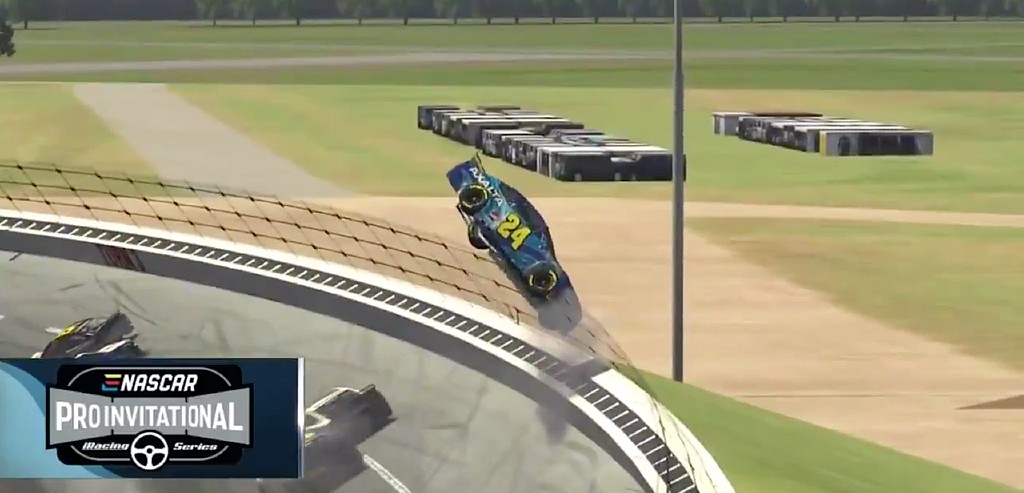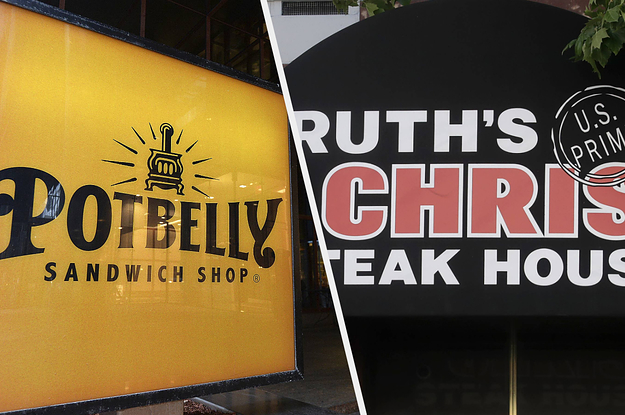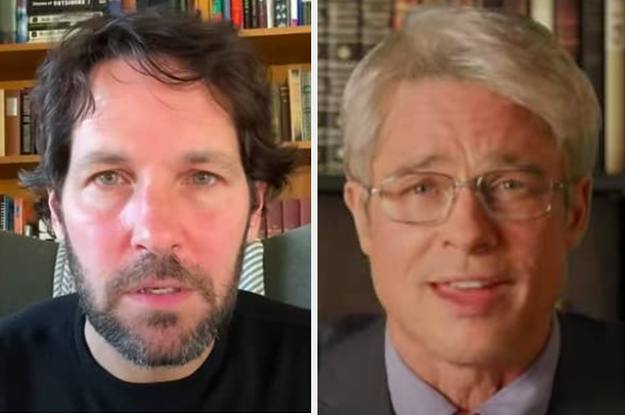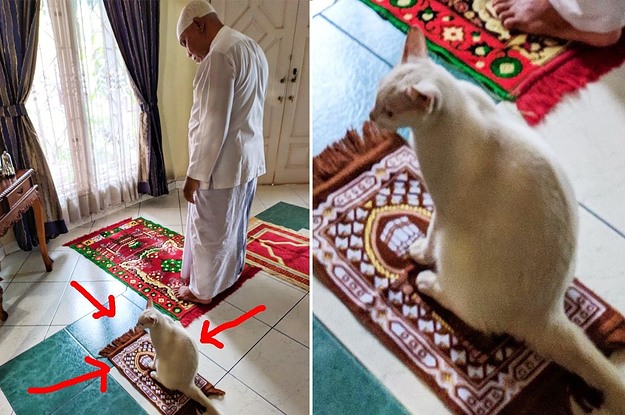Category: Trending
Category Added in a WPeMatico Campaign

Jeff Gordon made his iRacing debut at virtual Talladega on Sunday afternoon, but the retired NASCAR driver didn’t get off to the start he hoped. Gordon was the latest racing pro to try his hand at the video game version of America’s most popular stock car series, as the shutdown of the actual NASCAR circuit has put drivers in their homes giving virtual racing a go.
It was a cool moment in what’s been a growing event for the iRacing series, which has allowed drivers to distract fans from a bleak sports-less reality with some fun and plenty of controversy since the series began in mid-March. And Gordon got in on the fun with his paint scheme as well, an homage to an infamous win he had at Talladega in 2004 that literally re-wrote the NASCAR rulebook.
Jeff Gordon’s iRacing scheme for Sunday throwsback to his infamous win at Talladega in the spring of 2004 which directly resulted in NASCAR implementing Green-White-Checkers into the Cup Series. pic.twitter.com/qRrVbsmAIn
— Tyler Head (@TylerHead18) April 24, 2020
Gordon’s first pixelated event, however, quickly got into trouble at virtual Talladega Superspeedway. At one point, he nearly flew off the track and actually got his car stuck in the virtual catch fence.
He almost went to the parking lot.@JeffGordonWeb | #ProInvitationalSeries pic.twitter.com/zOGGaFy91Q
— FOX: NASCAR (@NASCARONFOX) April 26, 2020
The crash is one of the many joys of iRacing and why it works so well as a televised event. A crash this severe in real life would be harrowing and potentially dangerous for the drivers. As visually stunning as it is to see a high-powered stock car go airborne and see the physics at work, it could be deadly.
In iRacing, however, it’s actually kind of hilarious that Gordon found trouble at a track in which he had so much history. And though racers get a second chance after crashes — it’s not like there’s any need for a pit crew to try and salvage digitally wrecked cars — Gordon crashed twice on Sunday and saw himself get an early exit from the race. He really seemed to take it in stride, though, and like many drivers he enjoyed the virtual racing experience.
Trouble for @chaseelliott and @JeffGordonWeb at Talladega.#ProInvitationalSeries pic.twitter.com/Oxu8mcG1kO
— FOX: NASCAR (@NASCARONFOX) April 26, 2020
It’s tough out there on Talladega with no spotters. Even in the digital world.
In late March, Scarface revealed that he tested positive for COVID-19, the illness caused by novel coronavirus. A Houston legend and a member of the Geto Boyz, Scarface revealed the news during a zoom chat with fellow Geto Boys member Willie D on his YouTube channel.
“This whole three weeks have been an ordeal,” he said.” I’ve been to the point where I just felt like I was going to die, bro. I threw up so much until it was just hot sauce. Like your gasses and the sh*t in your stomach, your acids. I didn’t have no food in my stomach.”
Ice-T just gave an update on Scarface while appearing on this Hip Hop Museum fundraiser. Said he talked to Face today, and “He had kidney failure. He’s on dialysis now.”
— Shawn Setaro (@SameOldShawn) April 23, 2020
In the month following, not much was said about Scarface’s condition until this past Wednesday night. Joining Willie D on his YouTube channel for another conversation, Scarface shared an update on his health.
“I fought COVID, double bilateral pneumonia — both lungs — and kidney failure in my house,” he said. “I went back to the hospital. I just got out of the hospital [on April 20].” He later revealed how his body felt through the ordeal, “I couldn’t keep food down, I couldn’t get comfortable, I couldn’t sleep, I couldn’t stay woke, I could not breathe. It was the worst time of my life.” He later revealed that her most likely “30 pounds” by the end of it all.
Pointing to his dialysis port, he continued by explaining how the circumstances have changed his lifestyle. “That’s my new lifeline, I gotta change my entire diet, I gotta do dialysis four days a week, three hours a day. That’s taking all my blood out, cleaning it and putting it back in my body.”
As for the rest of the conversation, Scarface also opened up about Georgia’s controversial reopening of nonessential businesses, calling it “stupid” and a way for the government to have black people “pass that shit out amongst ourselves and kill ourselves.”
The two chain restaurants successfully applied for a total of $30 million in loans from the Paycheck Protection Program.








